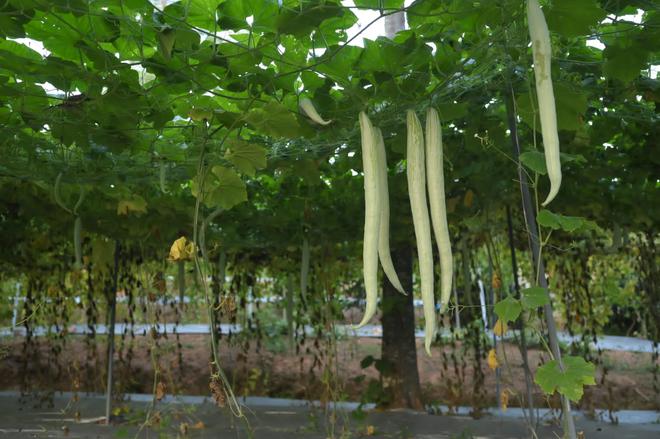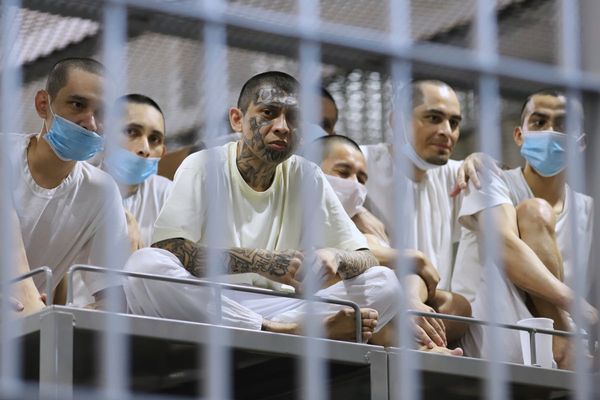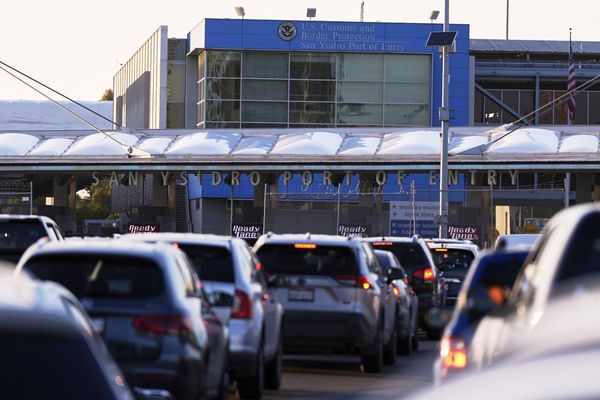The loneliness of their rooms is not something the 24 residents of the Thiruvananthapuram district panchayat’s Prathyasha care home in Venjaramoodu experiences much, for they spend much of their daytime in the farms and cattle-rearing sheds along with others.
The care home for rehabilitating those who have partially or fully recovered from mental illnesses has been experimenting with various ideas to improve the mental health of the residents as well as to provide them the earnings to lead a normal life when they are sent back home.
The efforts of the past couple of years of the residents are evident in the vegetable and flower garden as well as in the cattle-rearing sheds and the butterfly garden. The care home was set up in 2010, to accommodate residents of the Government’s Mental Health Centres in the region, who have partially or fully recovered, but are not either accepted back by their relatives or whose relatives are untraceable. Recently, the relatives of nine residents, including six from North Indian States, were traced, and the residents taken back home. In the initial years, it was run with the help of an NGO. Three years ago, the district panchayat took direct control of it and introduced activities, including farming and cattle rearing.

“We are trying out methods like horticultural therapy which are known to have positive effects on the overall mental health of participants. Such activities also help them gel with others and also fasten the process of integrating them back into society. Bank accounts are also opened in their names and wages are provided for the work they do here, so that they would have some savings to start life afresh when they get back home. With constant activity and interactions with the public, the medicine intake of the partially recovered persons can also be reduced. The people from the area now visit the home to buy the farm produce, and the residents handle the sales, thus helping in increased interactions,” says Sabari Sivan, caretaker of the home.
The facility now has 10 cows and a poultry farm with 200 chickens, 100 ducks and 100 quails, with all of the upkeep being done by the residents. The home authorities constantly attempt to trace out the relatives of the residents as space is a problem. The current facility can accommodate only a maximum of 25 people.
“Considering the paucity of space, especially because the relatives are reluctant to accept some of them back even when they are fully recovered, we have started the work on a new block which can accommodate 25 more people,” says B. Radhakrishnan Nair, chairperson of the welfare standing committee of the district panchayat.







